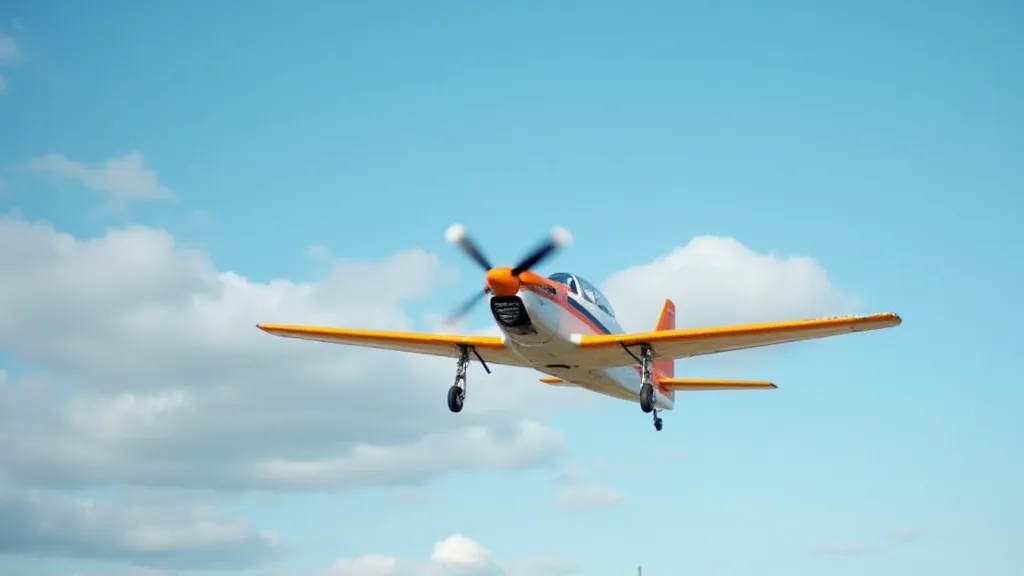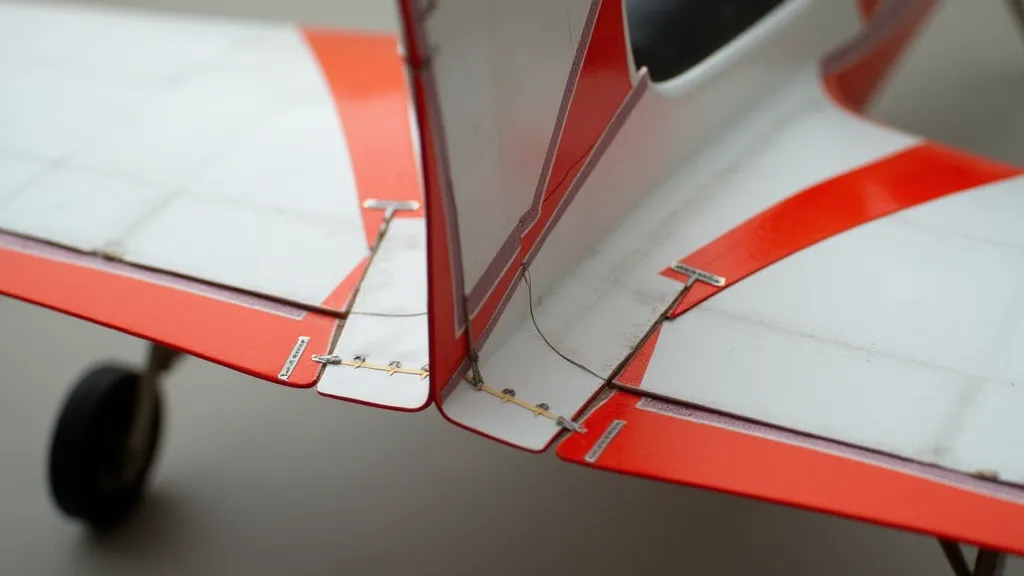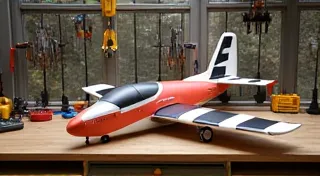Understanding RC Airplane Codes and Terminology
The world of radio-controlled airplanes can feel overwhelming at first. There's a whole language of acronyms, codes, and specialized terms that seasoned hobbyists use. This article serves as a glossary to help you decode the jargon and become more confident navigating the RC airplane hobby. Whether you're building your first DIY airplane or just curious, understanding the terminology is key.
Common Acronyms and Codes
Let's start with some of the most frequently used acronyms:
- RC: Radio Control – This is the foundation of the hobby; it means the airplane is controlled remotely.
- ARF: Almost Ready to Fly – This describes a model that comes partially assembled, typically with the engine/motor and electronics already installed. You’re missing just a few finishing touches.
- RTF: Ready to Fly – The ultimate convenience! These models are completely assembled and ready for immediate flight.
- BNF: Bind-N-Fly – Similar to RTF, but designed to be used with a transmitter you already own, allowing you to ‘bind’ it to your existing radio system.
- EP: Electric Powered – Indicates the airplane is powered by an electric motor and battery.
- GP: Glow Powered – Meaning the airplane is powered by a glow engine fueled by a mixture of fuel and oil.
- IC: Internal Combustion – A general term for any engine that burns fuel internally, typically referring to glow engines.
- LOS: Line of Sight – Refers to maintaining visual contact with the airplane during flight. Crucial for safe operation.

Understanding Airplane Specifications
You'll encounter specific numbers and abbreviations when looking at airplane specifications. Here's what they mean:
- Wingspan: The distance from one wingtip to the other. A larger wingspan generally means more stable flight.
- Length: The overall length of the airplane.
- Weight: Typically measured in ounces or grams. Important for selecting appropriate components.
- AUW: All-Up Weight – This is the total weight of the airplane, including everything: fuselage, wings, tail, engine/motor, electronics, and any accessories.
- CG: Center of Gravity – The point where the airplane balances. Proper CG is critical for stable flight.
- Aspect Ratio: A ratio comparing wingspan to wing chord (width). Affects flight characteristics; higher aspect ratios generally provide more efficient gliding.
Essential Components & Their Jargon
Let's touch on some key airplane components and related terminology:
- Transmitter (Tx): The handheld device you use to control the airplane.
- Receiver (Rx): The unit installed in the airplane that receives signals from the transmitter.
- Servos: Small motors that move the control surfaces (ailerons, rudder, elevator).
- Control Surfaces: The movable parts of the airplane – ailerons, rudder, and elevator – that allow you to control its direction and altitude.
- Throttle: Controls the engine/motor speed.
- Elevator: Controls the pitch (nose up or down) of the airplane.
- Ailerons: Control the roll (banking) of the airplane.
- Rudder: Controls the yaw (left or right movement of the nose).

Beyond the Basics
As you delve deeper into the hobby, you’ll encounter more specialized terms related to aerodynamics, flight modes (like aerobatics or gliding), and different types of radio systems (2.4GHz, etc.). Don't be afraid to ask questions and learn from more experienced builders! Online forums and RC airplane clubs are excellent resources.
Resources
There are many online resources available to learn more about RC airplanes. Search for terms like "RC airplane forums", "RC airplane clubs", or "RC airplane tutorials" to find helpful communities and information.

Understanding these basic codes and terminology will significantly improve your experience in the RC airplane hobby. Happy building, and happy flying!





